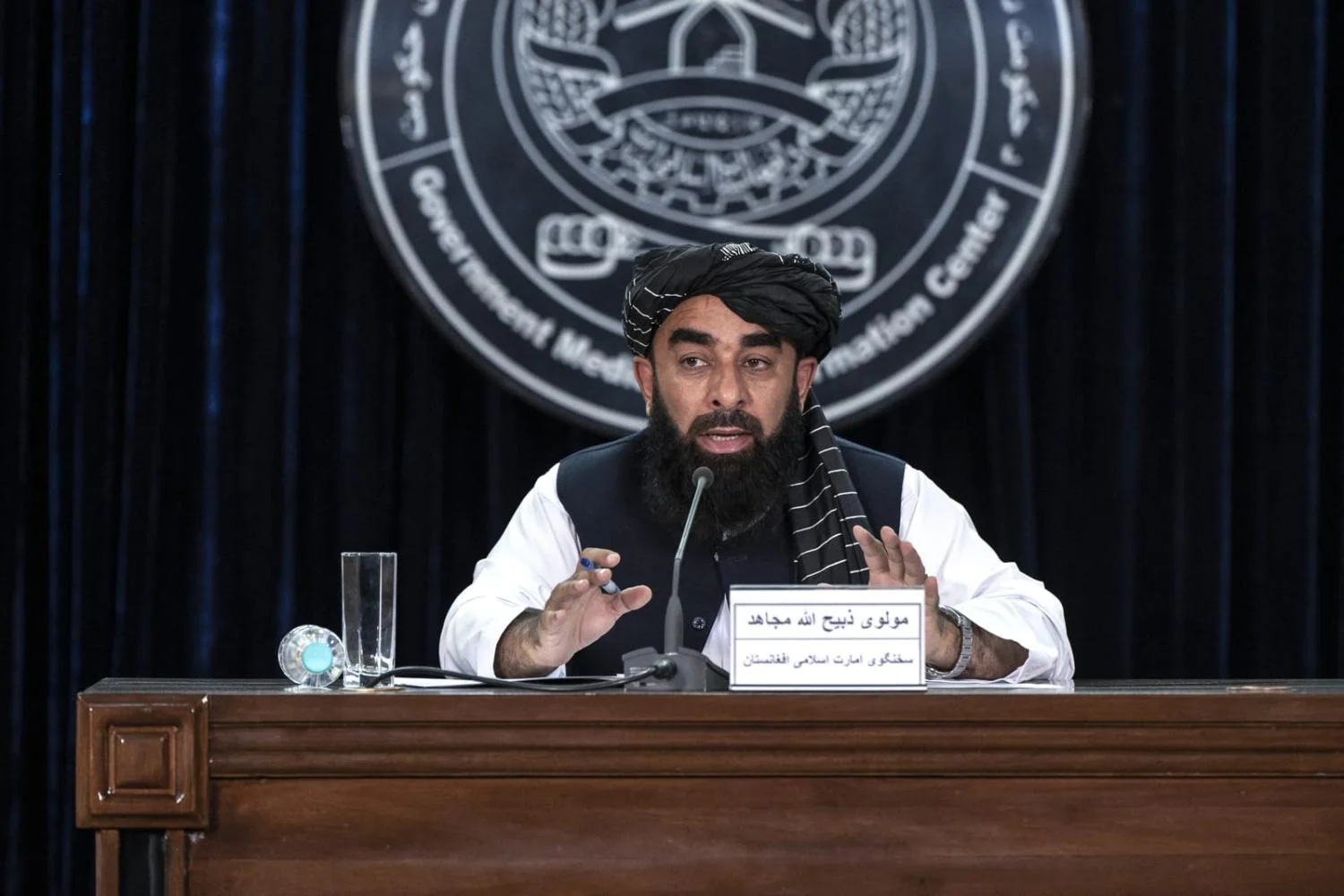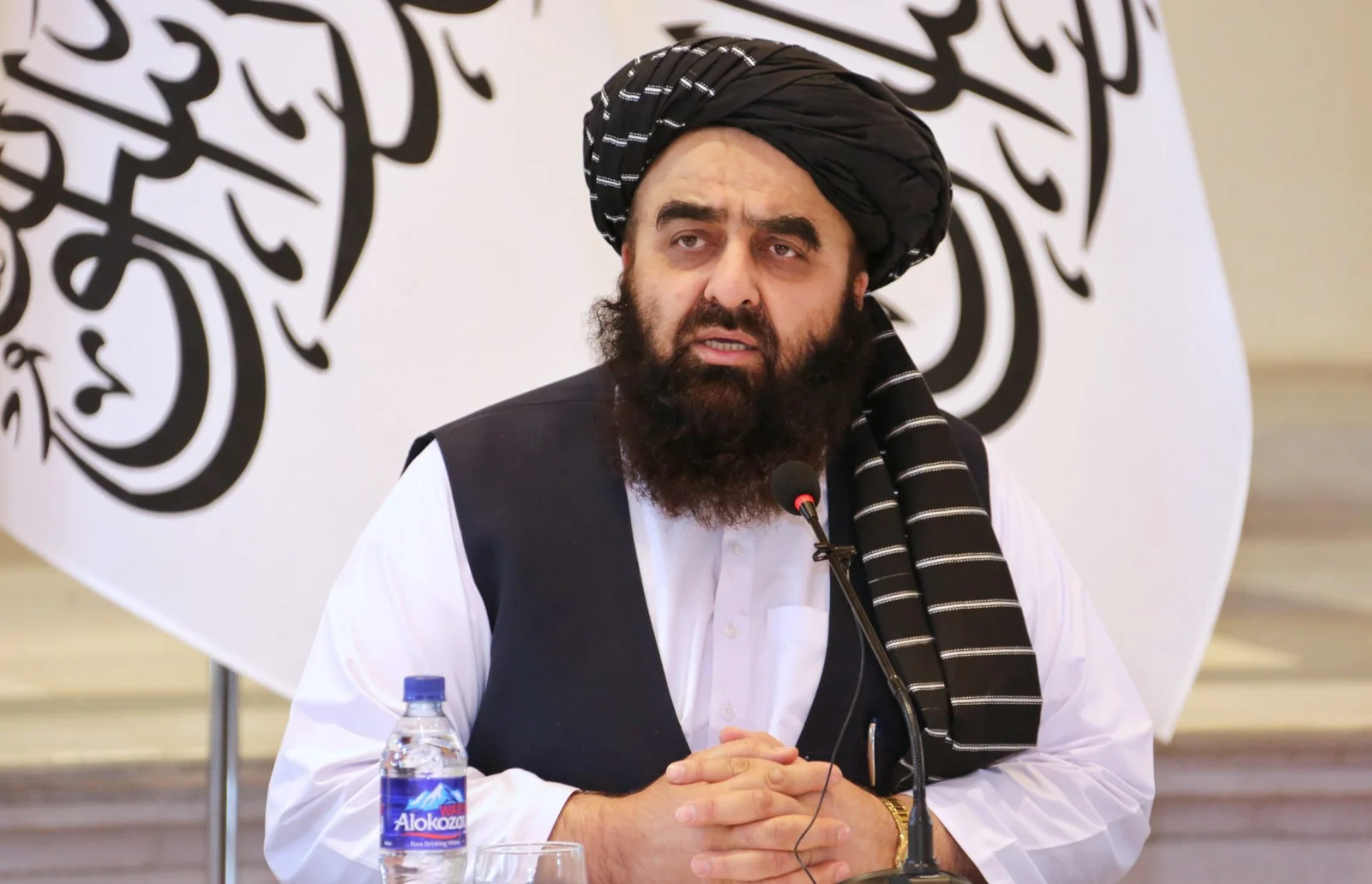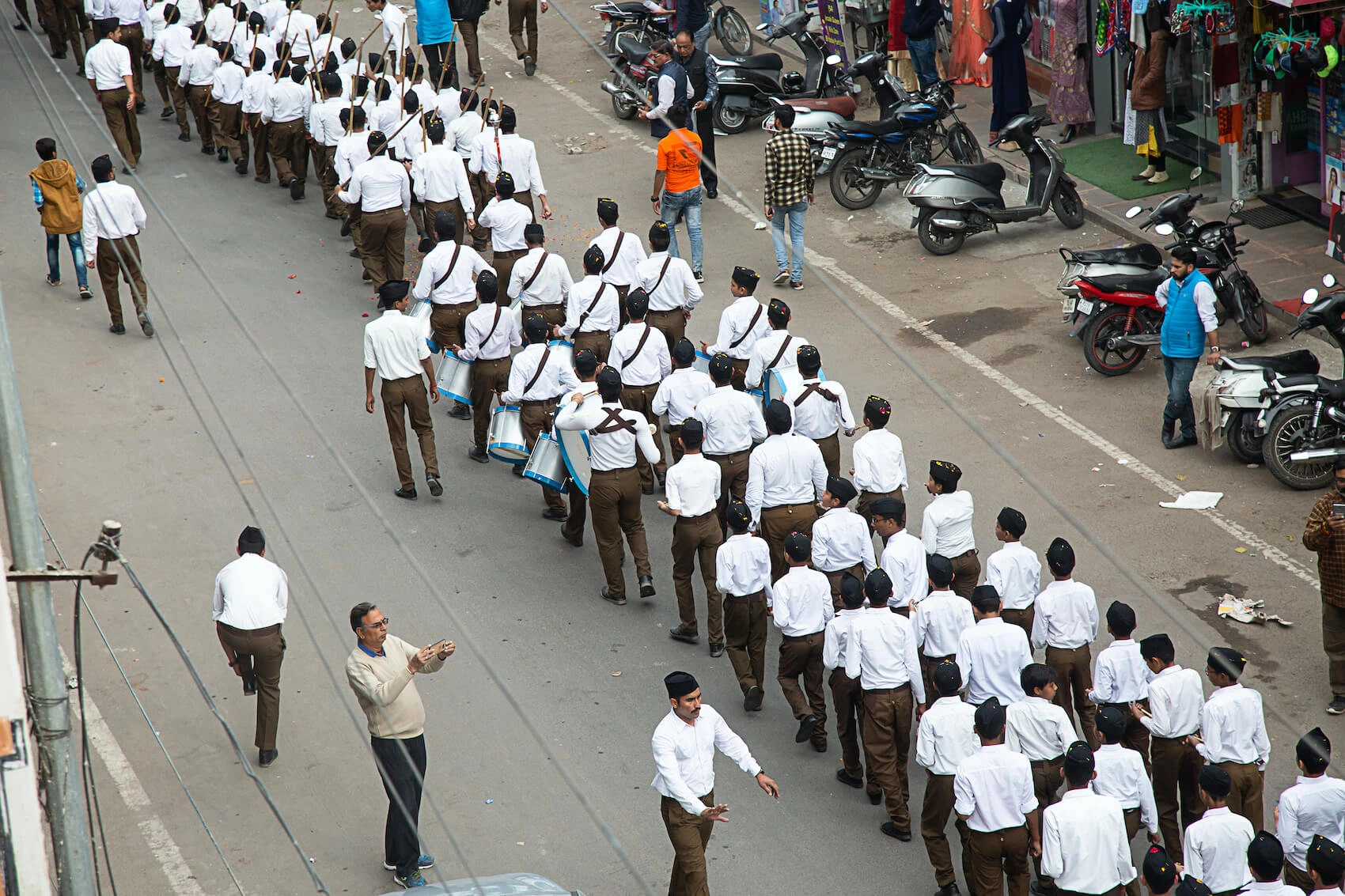A former Foreign Ministry official has made the allegation. By building infrastructure in Indian territory on the way to Original Control (LAC) in East Ladakh. What are the first intelligence reports available about the Chinese military violating the Indian border? Author of Home Affairs (MHA) and hence the book \”Hindu Terrorism: Internal Accounts of the Ministry of Home Affairs\”.
Our sources supported the satellite image, another major infiltration could take place on April 17
These inputs on the People\’s Liberation Army\’s (PLA) transgressions and infrastructure development are available April 4 onwards. As per our inputs supported satellite imagery, another major incursion may that took place on April 17, says Mani. He added that the Americans after April 20. It also provided India with intelligence on enhancing their infrastructure.
A bureaucrat within the secretariat of the Union Defence Ministry sat on American and our intelligence inputs for quite a 12 days before passing them on to the Cabinet Committee on Security (CCS), which is meant to require the ultimate call on the way to react to the given security threat, explains Mani.
The official lamented the bureaucracy
The well-connected government official-tuned-author laments that after the US approached India with intelligence on Chinese activity along the LAC within the third week of May, a bureaucrat within the Ministry of Defence (foreign intelligence inputs are usually forwarded to the MoD) corroborated them with Russia.
\”From what I even have understood, Moscow categorically asked India to not worry about China and guaranteed the bureaucrat concerned that Beijing won\’t violate the established order along the road of Actual Control (LAC),\” discloses Mani.
India\’s political leadership reacted to China\’s offer
He notes concernedly that it wasn\’t until May 17 that the Indian political leadership started reacting to things along the China border. \”Due to a mistake of judgment by a bureaucrat in sitting on such sensitive inputs for days, we gave them the chance to build-up numbers and build up infrastructure on our side of the border,\” says Mani.
Mani, who has spent a good amount of time within the corridors of power, explains that both the Ministry of Home Affairs also because the Ministry of Defence has its sources of intelligence. The Border Division within the MHA gets its inputs from the paramilitary forces manning the LAC, namely Indo-Tibetan Border Police (ITBP) and therefore the Sahastra Seema Bal (SSB). These agencies have their local intelligence units (LIUs) performing on the bottom, he adds.
We had our inputs on the Chinese activity at the Union Home Ministry before American intelligence corroborated them, he notes.
Once there\’s an intelligence input, it\’s to navigate the labyrinthine of the secretariat before it reaches the desk of the Minister or the National Security Advisor (NSA).
Mani says that the very fact that the political leadership got a politician file on the matter only in May reveals that the bureaucrats handling the matter within the Border Division and even the MoD weren\’t up to scratch in performing their duties.
Mani, however, expresses confidence that despite scoring an early advantage, Indian forces are quite capable enough to match the Chinese PLA, worst involves worst.
As things stand at the LAC now, the Chinese soldiers have reportedly retreated by two to 3 kilometers from a minimum of three points in eastern Ladakh, namely Galwan Valley, Hot Springs, and Patrolling Point 15. The de-escalation at the fourth potential flashpoint, Pangong Tso Lake area, remains being negotiated, with more military-level talks scheduled between the forces in the coming days.
The Corps Commander Northern Command, general officer Harinder Singh, reportedly had a seven-hour-long meeting with Chinese Major General Liu Lin, commander of the PLA within the South Xinjiang region, on June 6 in Moldo on the Chinese side of the LAC, during a bid to seek out an answer to the continued impasse






